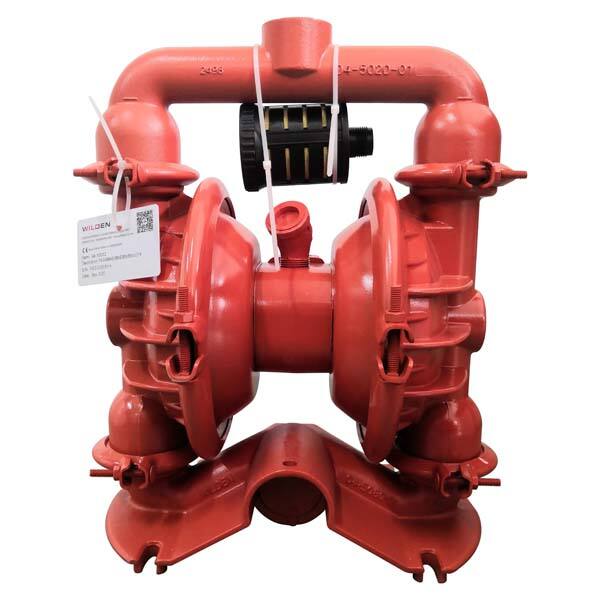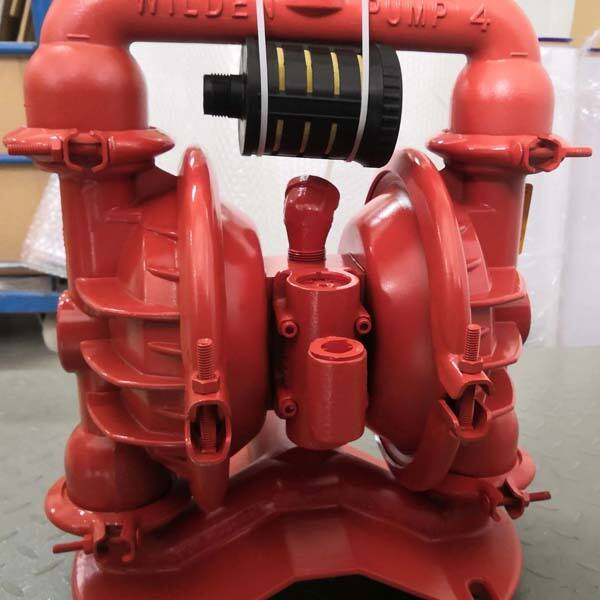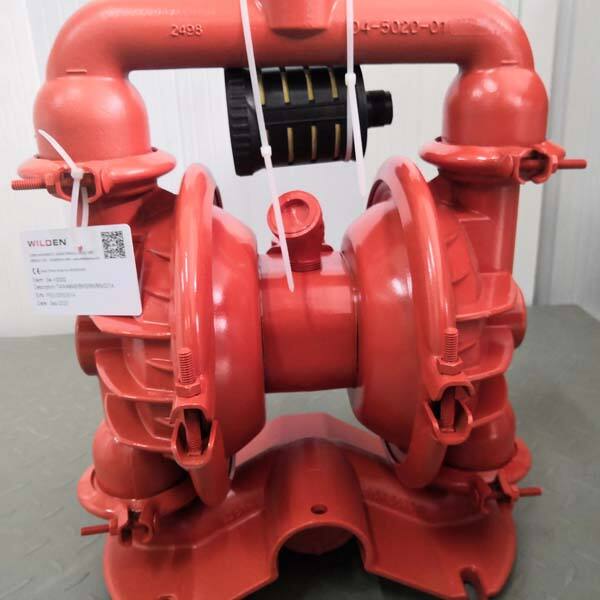Air diaphragm pumps are really neat contraptions that rely upon air in order to transport liquids from one location to another. They’re divided into two chambers by a flexible piece called a diaphragm. When air is sucked into one chamber, the diaphragm moves and forces the liquid out of the pump. Then, as the air escapes, the diaphragm snaps back to its original position, generating a vacuum that draws more liquid into the pump. It’s like a stretchy balloon that you blurp and slurp liquids with!
At one time or another many people will find themselves needing to transfer liquids such as water, oil or, yes, even mud. They can operate with any type of liquid, be it thin water or thick mud. They’re also simple to use and maintain, and are a good choice for a variety of common tasks. Just make sure to verify that the pump’s materials are compatible with the liquids you plan to move so you don’t run into any issues.

There are numerous reasons that make an verderair diaphragm pump a great choice. And one of the significant advantages is they can handle all manner of liquids, from clear water to tacky slurry. They are self-priming and will be able to work without needing to be primed first. Plus, since air diaphragm pumps have no electric parts, these pumps can be employed with flammable liquids without the risk of creating sparks. And never mind that they are portable, the perfect thing for projects which have to be perfected in a variety of locations!

Air operated diaphragm pumps are used just about everywhere, from construction sites to vehicle transporters. They are well suited for transferring liquids, such as chemicals, water, and food products. They can even pump such materials as sludges, paints, glues and sewage. If you want to transfer liquids from one area to the other, try using an air diaphragm pump!

There are a few things to consider when choosing an air diaphragm pump. The first step is to decide what type of liquid you will be transferring and ensure the pump materials are compatible. Next, consider how quickly you need the pump to be able to work — and if it’s capable of managing the pressure for your job. You may also want to consider the size and portability of the pump, especially if you’ll be moving it around a lot. Last but not least, compare your budget with the pumps you are interested in and choose a pump that offers you the most for your cash.